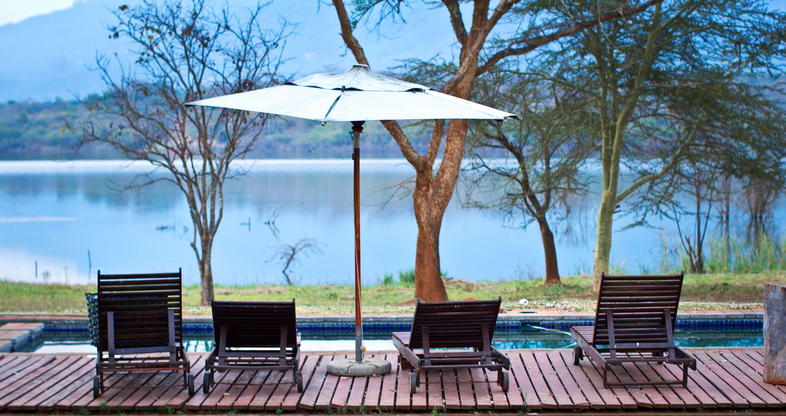

Its hard to know where to point your camera in this amazing landscape – but make sure you spend at least one evening or morning at Deadvlei, or, literally Dead Lake. Visitors are particularly drawn to a remarkable place called Sossusvlei, which lies right in the middle of the dune fields and includes towering sand dunes with names like Big Daddy and Dune 45. The dune fields extend from Luderitz northwards ending abruptly at the Kuiseb River, south of the German town of Swakopmund. While much of the area receives less than 10 mm of rainfall a year a fog bank hangs over the coastline most mornings and when this blows inland it drops moisture and provides life to a habitat to a wide range of fascinating desert-adapted plants, insects and animals. The desert is just 200 kilometres at its widest point and has the rocky escarpment to the east and the cold Atlantic Ocean to the west. Namibia is named after the Namib - the oldest and most life-rich deserts in the world. Photographers staying outside Etosha must be aware they need to be out of the park between sunset and sunrise, which is a bit frustrating There are also several private reserves on the outer limits of the park, which also offer more luxurious accommodation as well as great game viewing and excellent service. Okakuejo and Halali have floodlit water holes which offer photographers excellent game viewing opportunities at day and night. The Namibian Wildlife Authority maintains the park, its roads, fences, waterholes and four camps– Namutoni, Okakuekuejo, Halali and Dolomite. Long strings of springbok and ostriches marching across the plain always make an impressive sight, but the main game activity in the park occurs at seepage points (some are natural and others are fed by water pumps) that attract lion, leopard, springbok, kudu, zebra, black rhino, cheetah and elephants. It means literally “the place of dry water” and a pan that is 130 kilometres long and 32 kilometres wide covers much of the park. which is the best-known wildlife area in Namibia.

Photographers often will head directly for Etosha National Park. But the roads are long – and charter companies that link up the smaller camps are best if you have less time. Namibia is an ideal destination for a self-drive, do-it-yourself safari as there are very good roads and accommodation along the way. The most visited and photographed highlights of the country are the Sossusvlei dunes in Namib Naukluft Park and Etosha National Park– but Damaraland and Kaokoveld are areas not to be missed. Clear skies offering excellent astro photography.Desert adapted elephants and black rhino.Desert-adapted plants such as kokerbom and weltwitchia.The country is mostly very arid, especially along the coastline. The southern part gets rainfall in winters with cold fronts that sweep off the Atlantic Ocean. It’s a vast country with the northern and central areas of the country along the Kunene more akin to Botswana and the Okavango Delta with summer rainfall patterns. Namibia stretches 1400 kilometres from the Orange River bordering South Africa to the Kunene River in the north.


 0 kommentar(er)
0 kommentar(er)
